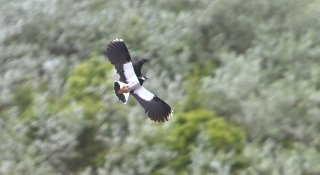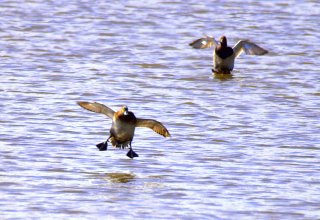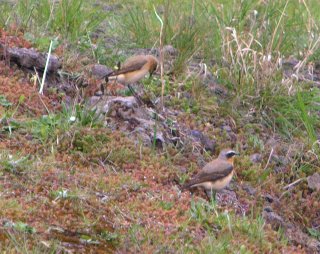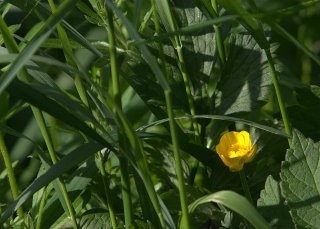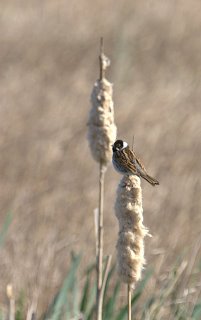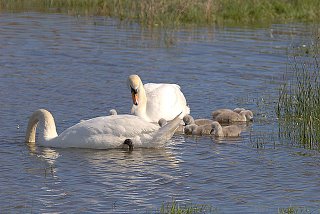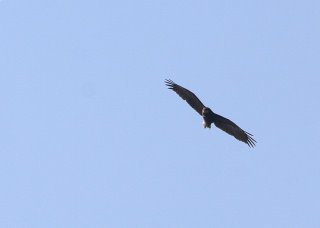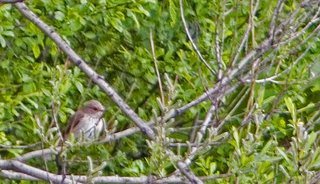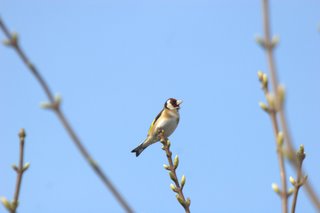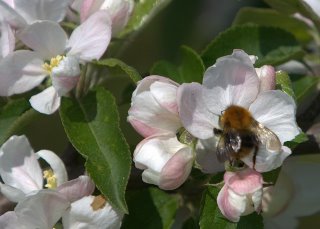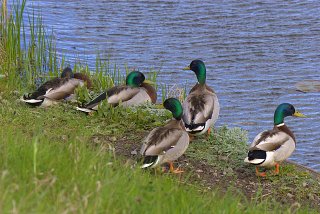
Saw this single flower clinging to the side of a steep 'slag' tip near the Fleet. Its blue flowers standing out against the yellow of the Ragwort. While the Ragwort is toxic, the Viper's Bugloss is supposedly medicinal. In ye olden times it was a remedy for headaches and inflammatory complaints also a cure for scorpion stings! alledgedly. The name Viper comes from the shape of the seed which resembles a viper's head. Bugloss is of greek origin meaning ox tonge and refers to the shape of the leaves.

